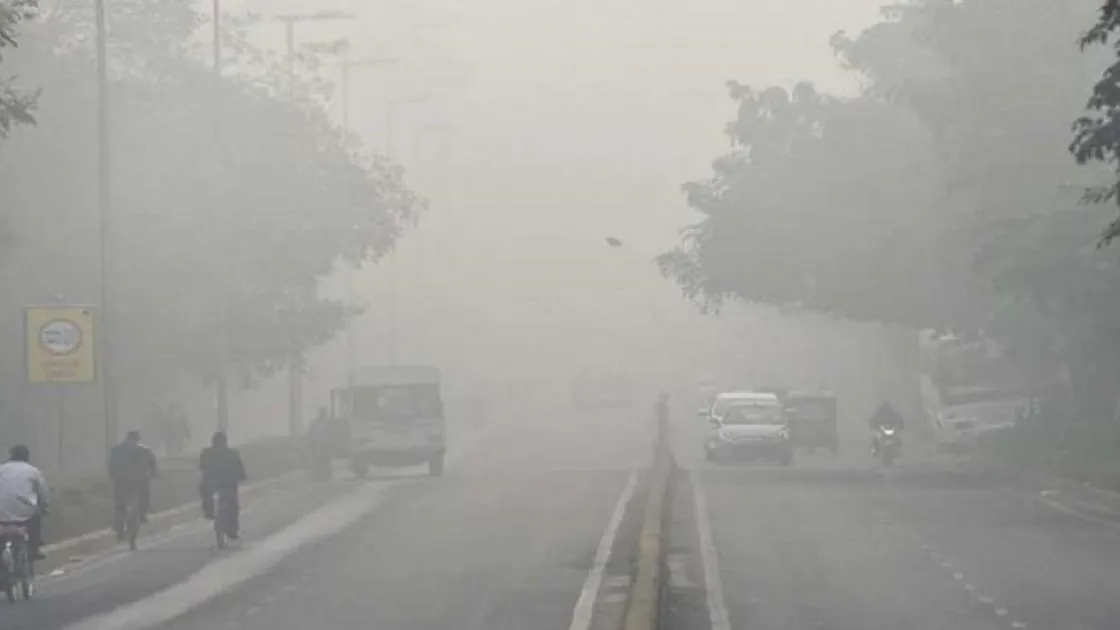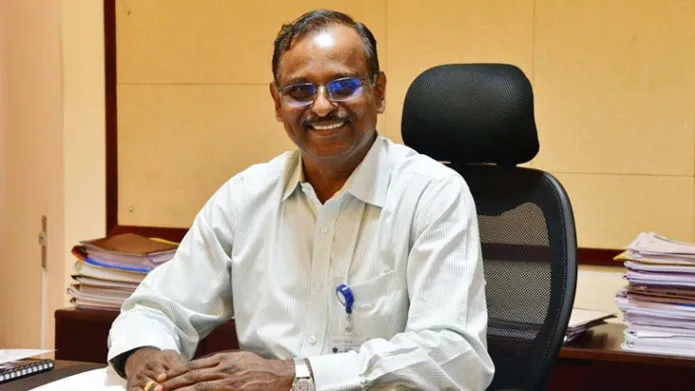The Sundarbans is one of the natural wonders of the world, a delta mangrove rainforest area stretching between Bangladesh and India. The tranquil beauty of the Sundarbans captivates you as you go deeper and deeper into the forest. In the arms of the Sundarbans hides the grim, unpleasant reality of human trafficking, which targets children into child labour and women and young girls into sex trafficking.
An alarming study by Reuters reported 16 million women and girls as victims of sex trafficking out of an estimated 20 million commercial prostitutes in India. According to Indian Legal Services, three out of every four girls are forced into prostitution every hour. Tragedy or calamity? Zahra (name changed), a survivor of sex trafficking, got pregnant while working for around two years in a brothel in Kalighat, a red-light area in Kolkata. Police located her in 2015 and brought her back to her family without her child. As per India’s National Crime Records Bureau, thousands of girls like Zahra go missing in West Bengal every year, and about one-third of those missing are from Zahra’s home in the Sundarbans. Most of the inhabitants of the Sundarbans make a living from agriculture and fishing, but cyclones, flooding, river erosion, and soil salinization have devastated these sources of income. When Cyclone Amphan hit the coast of West Bengal in May 2020, the tidal wave washed away many homes and their belongings.
And just as these families were trying to rebuild their lives, another cyclone named Yaas struck in May 2021, leaving them devastated and poverty-stricken. The Modus Operandi: Poverty can sometimes attract uninvited guests. Traffickers sneaking around the corner usually target vulnerable people in society, especially women and girls. Weather changes cause many women and girls to leave their families to search for a better life outside the Sundarbans. Many are lured by incredible job offers, compelling them to take risks and jeopardise their safety.
Now, is there any reason for anyone to refuse the opportunity to exchange a risky environment for a monthly salary of 10,000 rupees, free accommodation, and free food? But the reality is different. Only when these women and girls arrive in the big cities do they realise the lies about the fraudulent offers. Eventually, they are sold to buyers and forced into prostitution.
Such a modus operandi is often active, with vulnerable women and girls being the preferred victims of human traffickers. Traffickers act as job recruiters or hire local boys to lure the girls away by misleading them into marriage. Some women willingly seek domestic work, while others are tricked into marrying or taking jobs. In such cases, traffickers are known to forcibly abduct their victims and traffic them to places, sometimes as far away as the Middle East.
No one ever hears from the majority of them again. When families want to marry off their young daughters, traffickers pose as marriage suitors and propose marriage. Traffickers easily prey on them by offering chances of a better life in another city or country, as they often lack education or visible means of economic support. Soon after getting married, these women get exploited for sex work in the trafficking industry. Can we change our focus while rescuing women from sex trafficking? In the Sundarbans, anti-trafficking efforts have focused primarily on rescue, repatriation (sending them home), and rehabilitation.
Yet, these initiatives mainly target girls and women who have fallen deep into the clutches of the sex industry, with dire consequences such as re-victimisation and re-trafficking due to a lack of local sustainable livelihoods and low capacity to reintegrate into communities. For this reason, anti-trafficking initiatives must focus on the underlying socio-political, economic, and ecological conditions that lead to vulnerability. Even today, sex trafficking caused by natural disasters goes unreported because the focus in the event of a disaster is getting people to safety. Sex trafficking is only referred to incidentally.
Dr. Patricia Dsouza Lobo is the author of ‘When Roses are Crushed’. She is Executive
Director of Kripa Foundation.
















